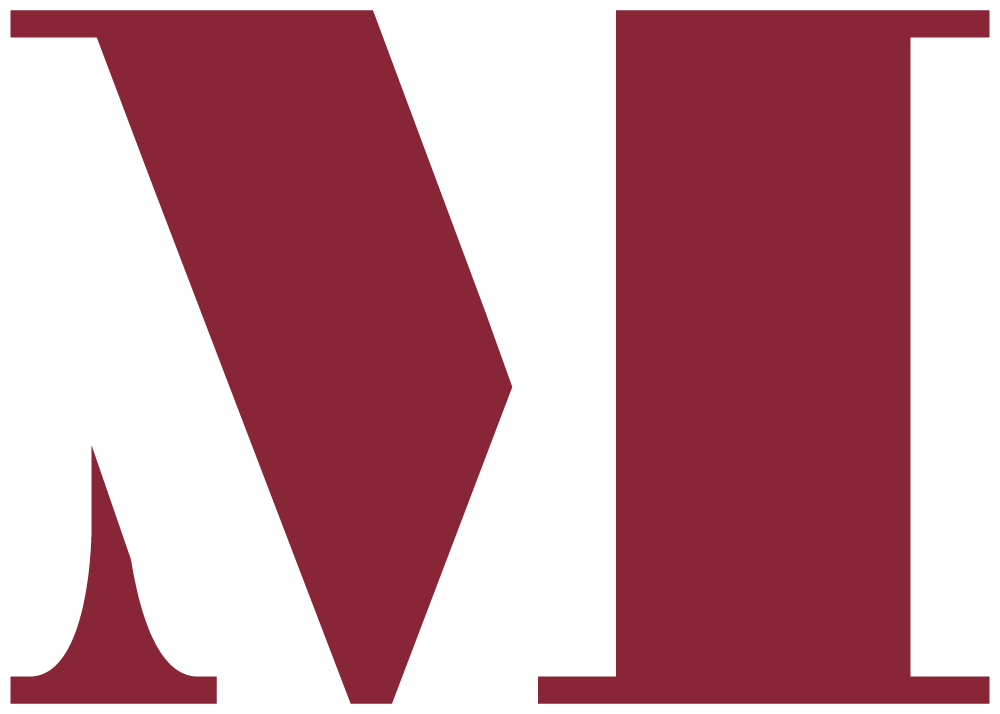
Tangency
“Tangency: the point at which the line intersects the circle, and the flatness of the paper as it intersects organic form.” - Lauren Simivan & John Shimon
Lauren Semivan & John Shimon
Spring 2021
These images are about physical immersion in the process of making art; entering into a dialog with time, space, and human experience; art as a philosophy of life situated somewhere on a continuum of ideas and people. They address the point of tangency: the point at which the line intersects the circle, and the flatness of the paper as it intersects organic form. The body: fragile, concrete, vulnerable, embarrassing, sensuous, perfect, ugly, repellent, outrageous, universal, mysterious, known. Traces of presence with and without intent. Trace as monument.
This body of work represents an ongoing collaboration between artists Lauren Semivan and John Shimon. The six to seven and a half foot high photograms were created as the artists lay on hand-sensitized archival paper, which is exposed by the sun in an outdoor setting. The resulting cyanotype prints are washed with a garden hose in an over-sized wooden tray beneath a tree, and hung to dry in a 160 year-old farm outbuilding near Whitelaw, Wisconsin. Often the prints are toned and bleached using a combination of strong black tea and washing soda.
A reinvestigation of Robert Rauschenberg and Susan Weil’s similar project from 1949 to 1951, Tangency stretches across time, space, and worldly dimensions. Visual associations are made to early cave paintings, 19th century photograms of Anna Atkins, Yves Klein's Anthropometries, Bruce Conner's Angels, the Shroud of Turin, and architectural blueprints. The imprint of the human form is ghostly and translucent, with the process often generating curious bursts of light within the figures.
Meanwhile, pinhole photographs made simultaneous to the photograms show the gestures from an entirely different perspective. Exposures are often made at ground level where the flat plane of the plywood becomes a line. Light passes through a tiny hole in the camera as these images are recorded without mediation of a lens. The long exposure reveals an aggregate of time as light passes through the pinhole. As a result of the longer duration of the exposure, the images have an unreal, ethereal quality. Clouds move through the sky as insects travel across the ground. Sunlight often shifts dramatically. The pinhole generates an image quite unlike what is seen by the human eye; slowly accumulated on film or on a glass plate inside the camera. Chance events countered by intent create a precarious, farm-y laboratory; one that embraces what the natural environment may lend to the process.









